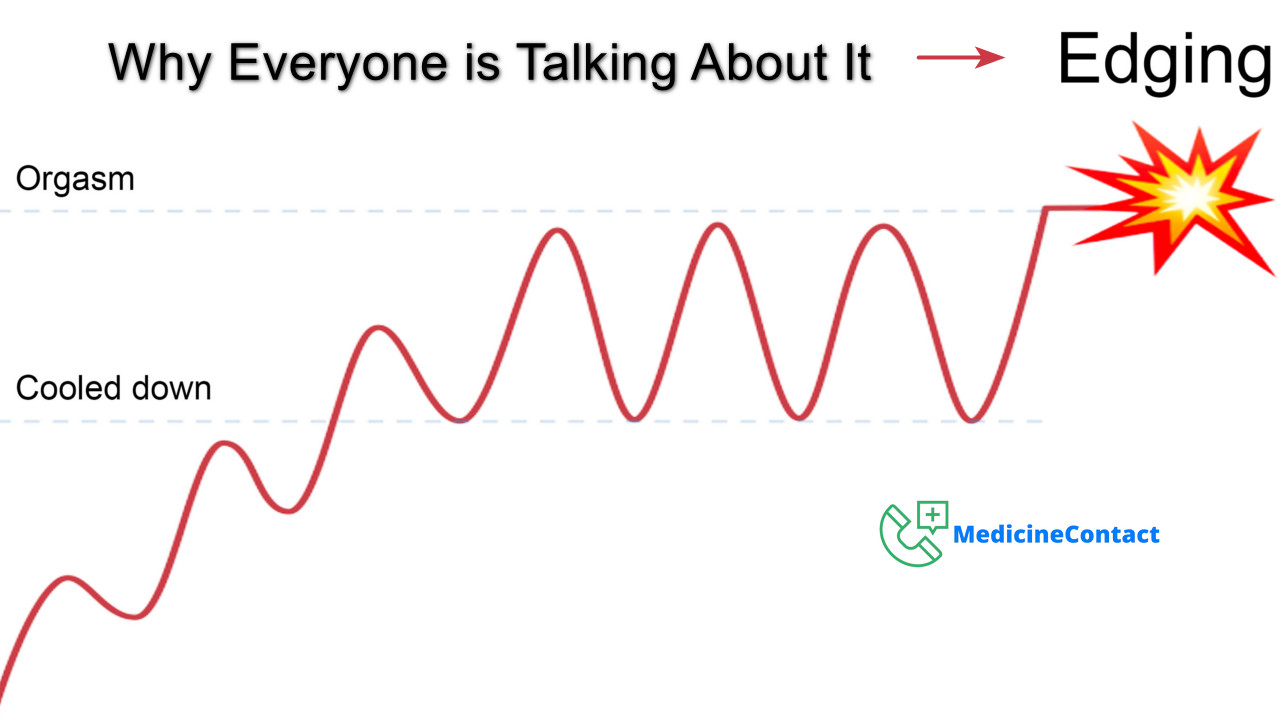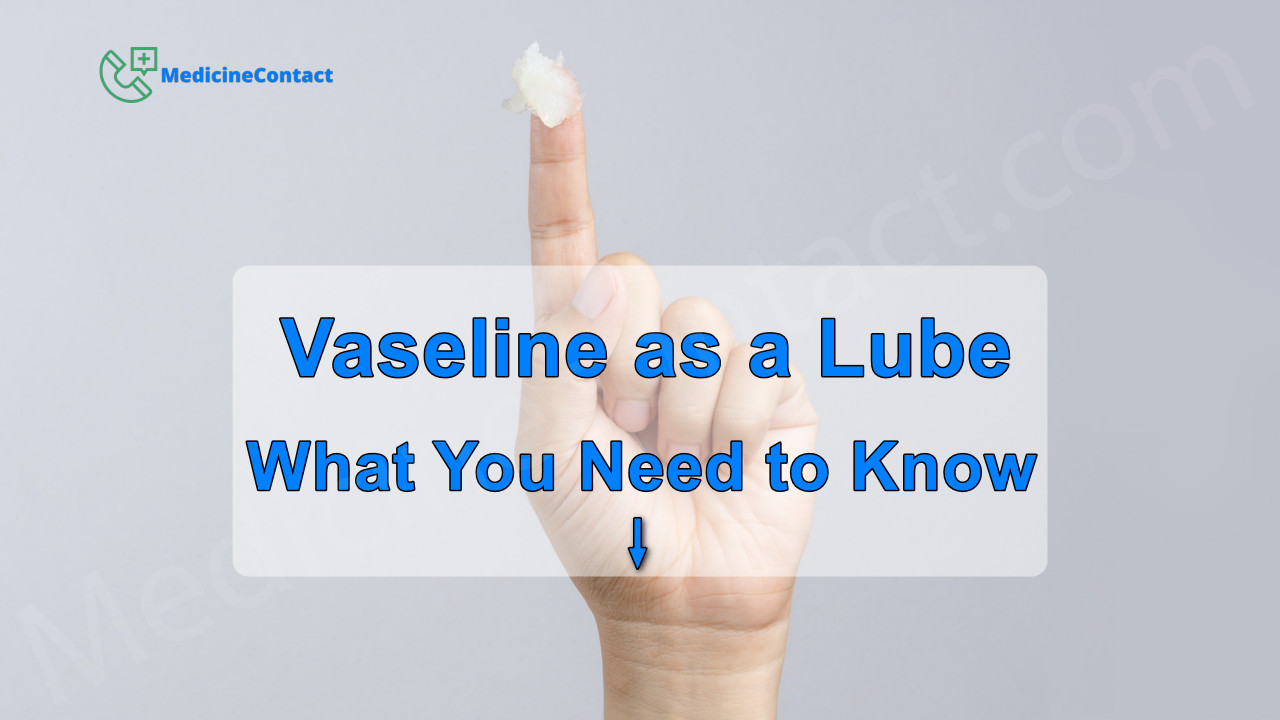
Vasectomy vs Tubal Ligation: Understanding the Differences for Permanent Birth Control
For couples who are certain their family is complete, permanent sterilization procedures like vasectomy and tubal ligation offer reliable long-term contraception. These elective surgeries stop the flow of sperm or eggs to prevent pregnancy without need for ongoing effort.
While tubal ligation and vasectomy both result in sterility through simple outpatient operations, there are important distinctions between blocking the female versus male reproductive anatomy. Examining their comparisons highlights unique considerations to determine which might be right for you.
What is a Vasectomy?
A vasectomy refers to a procedure performed on men that cuts and seals off each vas deferens tube transporting sperm. This prevents sperm from combining with seminal fluid during ejaculation to permanently obstruct fertilization ability.
It is done right in the doctor’s office under local anesthesia through one tiny opening on each side of the scrotum. Using delicate surgical tools, a short section of the vas tubes are removed or blocked off by clips/cauterization to seal the separated ends.
The procedure takes only 15-30 minutes allowing quick recovery with limited restrictions on normal activity after 1-2 days. Minor soreness, swelling and bruising often resolve within weeks. Meanwhile, other prostate gland secretions still release during orgasm so sensation remains unaffected.
What is Tubal Ligation?
Tubal ligation, or having one’s “tubes tied”, refers to interrupting a woman’s fallopian tubes that transport eggs from the ovaries to the uterus. This stops sperm from migrating up the tubes to reach and fertilize the egg.
The most common approach in the U.S. uses tiny inserts placed inside the tubes through an incision in the navel or just below the bikini line. The micro-inserts form a barrier triggering scarring that permanently seals the tubes.
Less invasive tubal ligation can be performed vaginally with no external incision at all. Using a special scope with camera, doctors access tubes through the cervix to clip/cut/cauterize them. Either way, no large abdominal incisions are required anymore for tubal sterilization.
Key Differences Between Vasectomies and Tubal Litigation
When weighing vasectomy against tubal ligation, it is important to understand some of the main differences that set these procedures apart including:
Extent of Surgery
Vasectomies represent relatively simple outpatient surgery taking just 15-30 minutes with only a single puncture site on each side of the scrotum. Reversing course after tubal ligation requires more complex reconstructive surgery.
Meanwhile, tubal ligation is more invasive using general anesthesia requiring larger abdominal or pelvic entry points. Healing typically takes 1-2 weeks with greater restrictions on activity levels and risks of complications during and shortly after surgery.
Failure Rates
Both procedures are highly effective in preventing pregnancy long term when performed properly. But vasectomy appears to carry slightly lower failure rates in large studies—approximately 1 in 2,000 (.05%) for vasectomy versus more than 1 in 200 (7%) for tubal ligation with ectopic pregnancies.
That is because the short straight vas deferens tubes are easier to access and permanently interrupt in males than lengthy winding fallopian tubes which can reconnect over time in some women.
Reversibility Potential
While originally intended as permanent measures, reversal is sometimes requested after tubal ligation or vasectomy. Male reversals demonstrate higher overall success although neither offers guaranteed fertility restoration.
Up to 90% of men can achieve return of sperm leading to pregnancy after vasovasostomy surgery reconnecting the separated tubes. Only around 50-80% of women succeed in achieving pregnancy from tubal ligation reversal due to more technically difficult reconstruction.
What are the Benefits of Tubal Ligation vs Vasectomy?
Understanding the unique advantages to blocking either female or male reproductive capacity helps inform sterilization decisions.
Tubal Ligation Benefits
- Covered by insurance due to the Affordable Care Act
- No need to use other contraception before procedure conferring sterility
- No impact on hormone levels or menstrual cycle regularity
- Permanent without medication, devices or effort required post-surgery
Vasectomy Benefits
- Faster recovery with less short-term pain and fewer activity limitations
- Lower failure rates leading to accidental pregnancy long term
- Higher reversibility success if desiring fertility after vasectomy
- Fewer serious complications during and immediately following surgery
What are the Risks or Disadvantages?
Just as there are advantages to both approaches, it is prudent to realize certain drawbacks as well. These elements require consideration too.Tubal Ligation Risks/Disadvantages
- General anesthesia risks during surgery
- Higher probability of surgical complications like bleeding or damage to surrounding organs
- Up to 6 week recovery and restrictions on lifting or major physical exertion
- Changes in menstrual cycle amount/duration at least short term
- Less reliable permanency with higher ectopic pregnancy rate if failure occurs
- Lower reversal success of about 50-80% leaving some women infertile
Vasectomy Risks/Disadvantages
- Need to use other contraception until sperm counts reach zero post-procedure
- Uncomfortable swelling and soreness for initial days to weeks
- Small risk of chronic testicular pain in less than 5% of patients
- Does not protect against sexually transmitted infections
Deciding Between Vasectomy and Tubal Ligation
There are excellent arguments both for and against vasectomy compared to tubal ligation for couples ready to permanently prevent future pregnancies. Key considerations include:
- Your age and certainty no more children are desired biologically
- Surgical risks from anesthesia, pain levels and recovery periods
- Importance of low failure rates for avoiding accidental pregnancy
- Wish for reversibility potential in case you change your mind
- Personal preferences and comfort level for female versus male anatomy procedures
- Insurance coverage for tubal ligation under ACA with lower out of pocket costs
Discussing the pros and cons for your lifestyle and family status with your partner and physician helps determine if vasectomy or tubal ligation make sense for your situation.
Just as pregnancy itself is an intensely personal decision, selecting the right permanent contraception method requires deep consideration as needs and goals can change over time. But when you are certain your family is complete, long-acting sterility procedures offer revolutionary control over reproductive destiny.
FAQs
Which is more effective vasectomy or tubal ligation?
Vasectomy appears to have slightly higher long-term effectiveness with lower accidental pregnancy rates of around 1 in 2000, compared to more than 1 in 200 for tubal ligation resulting in ectopic pregnancy for failed procedures.
Is tubal ligation or vasectomy safer?
Vasectomy is generally considered the safer option involving less serious surgical risks. Tubal ligation utilizes larger abdominal entry points with general anesthesia and longer, more complex reconstruction surgery resulting in higher complication rates during and immediately after the operation.
Does insurance cover tubal ligation or vasectomy?
Due to the Affordable Care Act's contraceptive coverage provision, tubal ligation costs are widely covered by insurance with no out-of-pocket expenses in network. Meanwhile, vasectomies may involve some cost sharing with copays, coinsurance or deductibles depending on the health plan.
Can a tubal ligation be reversed?
Yes, tubal ligation can possibly be reversed through reconstruction surgery reconnecting the separated fallopian tubes. However, pregnancy success rates after reversal average only around 50-80% due to the technical challenges involved, leaving many women still unable to conceive.
Disclaimer: This article is for informational purposes only and does not constitute medical advice. Always consult with a healthcare professional before starting any new treatment regimen.




